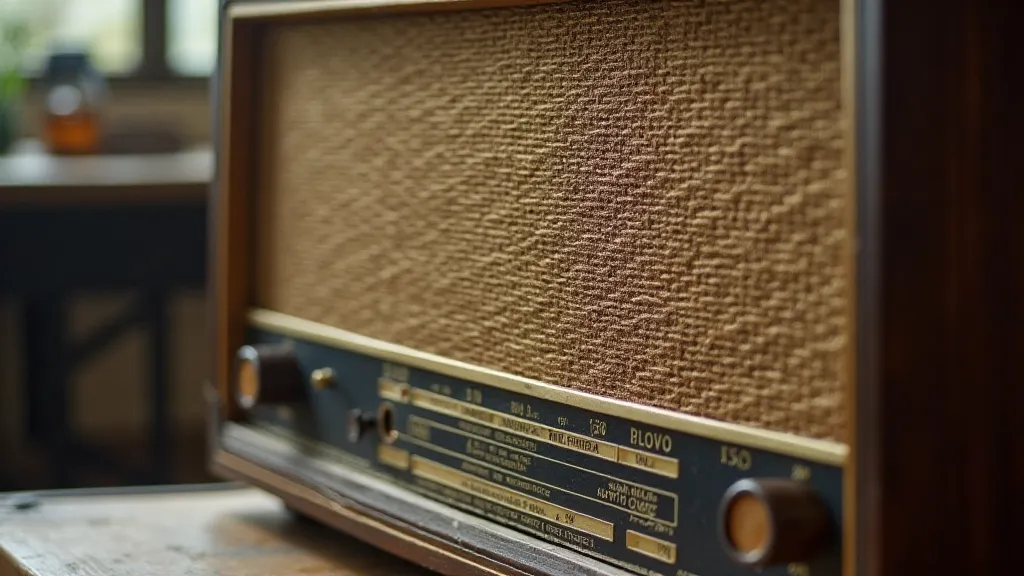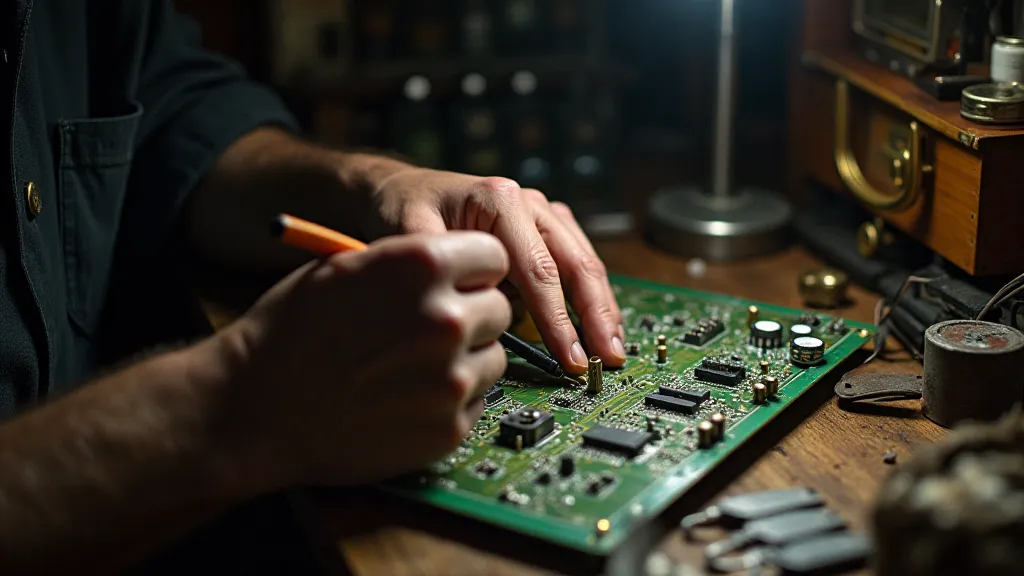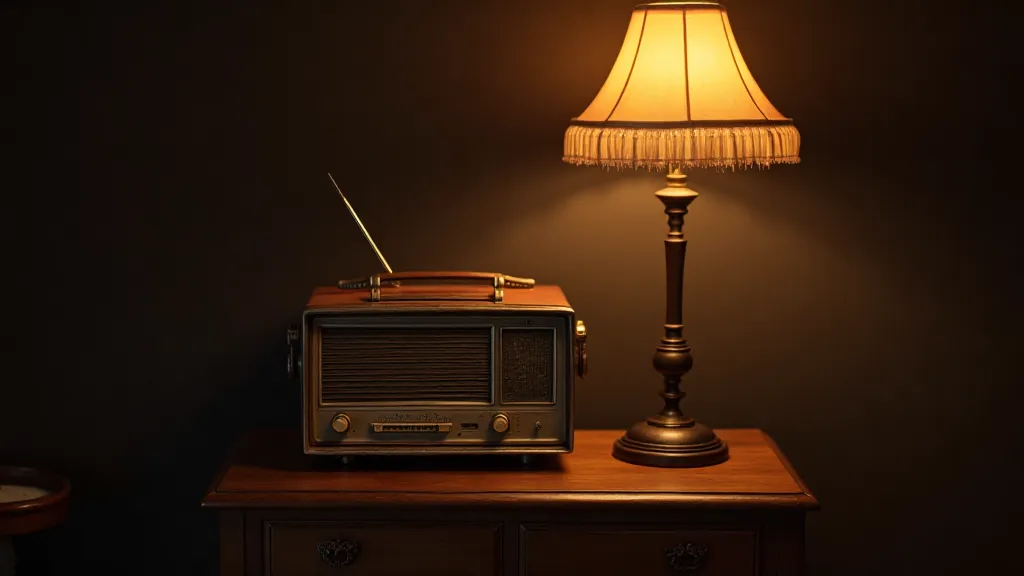The Echoes of Silence: Deciphering Lost Signals in Antique Radios
There's a certain magic that clings to antique radios, a patina of time and memory. More than just boxes of tubes and wires, they're tangible links to a past that pulses with a different rhythm, a quieter urgency. When I first encountered a Philco 48-H, its cabinet scarred and its dial frozen, I wasn’t thinking about restoration. I was drawn to the stories it held – stories it was desperately trying to whisper.
My grandfather, a taciturn man of few words, owned a Zenith Stratosphere. It wasn't pristine; a chunk of veneer was missing, and the speaker cloth was frayed. He’d sit by it, headphones on, lost in the crackling world of baseball games and distant news broadcasts. I never understood his attachment, but now, years later, I get it. It wasn’t just the music or the news; it was the feeling of connection, of sharing a moment with something – and someone – beyond his immediate surroundings. These radios were, and are, more than just entertainment; they were communal gathering points, bringing families and neighbors together in a way that streaming services can only mimic.

A Window to a Changing World
Consider the historical context. The 1920s and 30s, the golden age of radio, were years of unprecedented technological advancement and profound social transformation. Radio broadcasting didn’t just introduce a new form of entertainment; it revolutionized communication. Families who’s previous sources of information were limited to newspapers and word-of-mouth were suddenly privy to live music, dramatic performances, and breaking news from across the globe. It fostered a sense of shared experience, unifying a nation struggling through the Depression and then facing the shadow of war.
These machines, meticulously crafted from wood, metal, and glass, were more than just appliances; they were works of art. The cabinet makers were masters of their craft, creating elegant designs that reflected the Art Deco and Streamline Moderne styles of the era. The detail in the speaker grills, the curves of the knobs, even the placement of the push buttons – all spoke to a commitment to quality and aesthetic beauty that is often absent in today’s mass-produced electronics. Think about the time and skill involved in hand-wiring a complex circuit board, compared to the automated processes used today.
Deciphering the Signals: A Restoration Perspective
Restoring an antique radio isn't just about replacing tubes or cleaning contacts; it’s about understanding its history, respecting its construction, and preserving its legacy. It's a detective story, piecing together fragments of the past. Often, a radio’s condition offers clues about its journey – a water stain might indicate a flood, a missing knob could be a sign of hurried repair. Each imperfection tells a story.
The technical aspects, of course, are crucial. Learning the basics of radio theory – understanding how oscillators, amplifiers, and detectors work – is essential. But equally important is the patience to trace circuits, identify faulty components, and diagnose problems methodically. Replacing a single tube, while seemingly simple, can have cascading effects on the entire system. It’s a delicate dance of precision and intuition.
Beyond the technical skills, there’s an ethical consideration. Should every radio be returned to its original factory condition? Or is there value in preserving the modifications and repairs made by previous owners? I lean towards the latter. A radio that has been lovingly maintained and adapted over the years carries its own unique history, a testament to the resourcefulness and ingenuity of those who kept it broadcasting.

Collecting and Appreciation
Collecting antique radios is more than just accumulating objects; it’s about curating a collection of stories. Each radio represents a moment in time, a snapshot of a bygone era. While rare models and pristine condition can increase value, the true reward comes from the appreciation of craftsmanship and the connection to history.
The journey of a collector often begins with a single radio – perhaps a family heirloom or a discovery at a flea market. As the collection grows, so too does the understanding of the evolution of radio technology and the cultural impact of broadcasting. It’s a lifelong learning experience, a constant source of fascination and delight. Many collectors specialize in specific brands – RCA, Zenith, Atwater Kent – or specific eras, building a deep knowledge of these radios' unique characteristics and values.
The Echoes Remain
The static and crackle we associate with antique radios aren't just imperfections; they're the echoes of countless broadcasts, the whispers of voices long gone. They are the tangible evidence of a time when radio brought communities together, fostered a sense of shared experience, and revolutionized the world. When I finally restored that Philco 48-H, and heard it hum to life, tuning into a distant station, I didn't just hear music; I heard a connection to the past, a validation of the enduring power of these remarkable machines.
These radios aren’t relics of a bygone era; they are living testaments to human ingenuity and the enduring power of communication. They are reminders that technology, even in its most seemingly humble form, can shape our world and connect us to something larger than ourselves.





